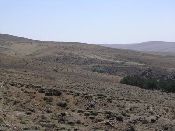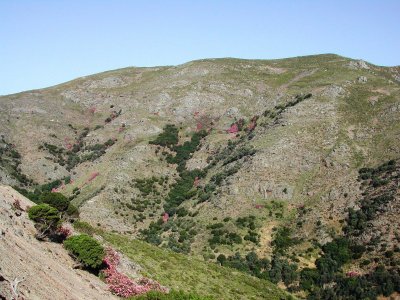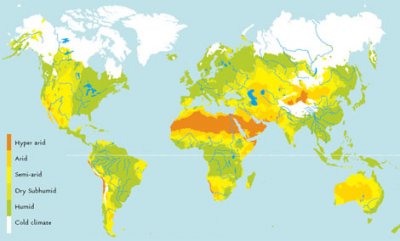|
UNCCD Explanatory Leaflet
The definition of desertification has been a hotly debated question for a number of years. The word conjours up a landscape that is "turning into a desert" and implies irreversible loss of natural resources leading to decreasing productivity and impoverishment of the population. The problem is that the loss of natural resources has many causes, both natural and anthropic and the consequences are equally varied, from rural depopulation to soil salinisation. The many local variations in the appearance of desertification phenomena lead to many different uses of the word. In turn these different uses have meant that it has been difficult to reach agreement on how to combat it.
This is the definition that is now universally used (although still not everyone entirely agrees with it because it excludes other regions also vulnerable to land degradation).
And what is land degradation?
What parts of the world are affected by desertification?
But the biggest problem is undoubtedly in Africa where a high proportion of the land and a substantial number of countries have low rainfall and high evapotranspiration rates. These are compounded by widespread poverty, difficult socio-economic conditions and heavy reliance of the populations on natural resources which lead to serious land degradation.
|
|||||||
Global context
| The bigger picture |
| What is desertification? |
| UNCCD |
Desertification research
| Global collaboration |
| Recent European research |
| DESIRE Project |

Acknowledgement
The DESIRE project was
|
DESIRE brought together the expertise of
26 international research institutes
and non-governmental organisations.
This website does not necessarily
represent the opinion of the
European Commission. The European
Commission is not responsible for
any use that might be made of the
information contained herein. 
 What is desertification?
What is desertification?

